Step into a world where ancient beauty meets modern sophistication. The Gingko Bonsai tree, with its fan-shaped leaves and vibrant autumn colors, is a true marvel to behold. Its delicate trunk and intricate branches create a captivating visual masterpiece, reminiscent of the ancient landscapes it once flourished in. And now, you have the opportunity to witness this living artwork on a small, manageable scale.
Experience the wonder of nature in a compact form. With a history spanning millennia, Gingko Bonsai trees evoke a sense of awe and admiration. Their unique beauty and graceful presence will undoubtedly captivate all who behold them. From their vibrant foliage to their fascinating growth patterns, Gingko Bonsai trees are a masterpiece of nature, waiting to be discovered and cherished.
Appearance of Gingko Bonsai
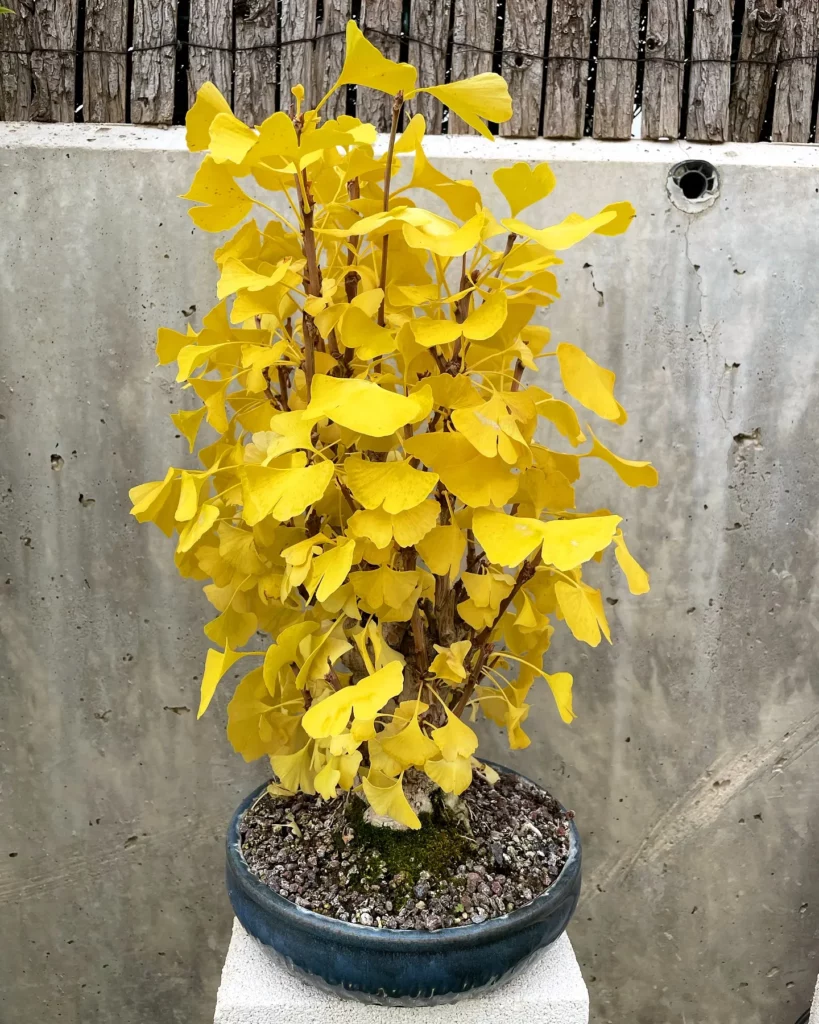
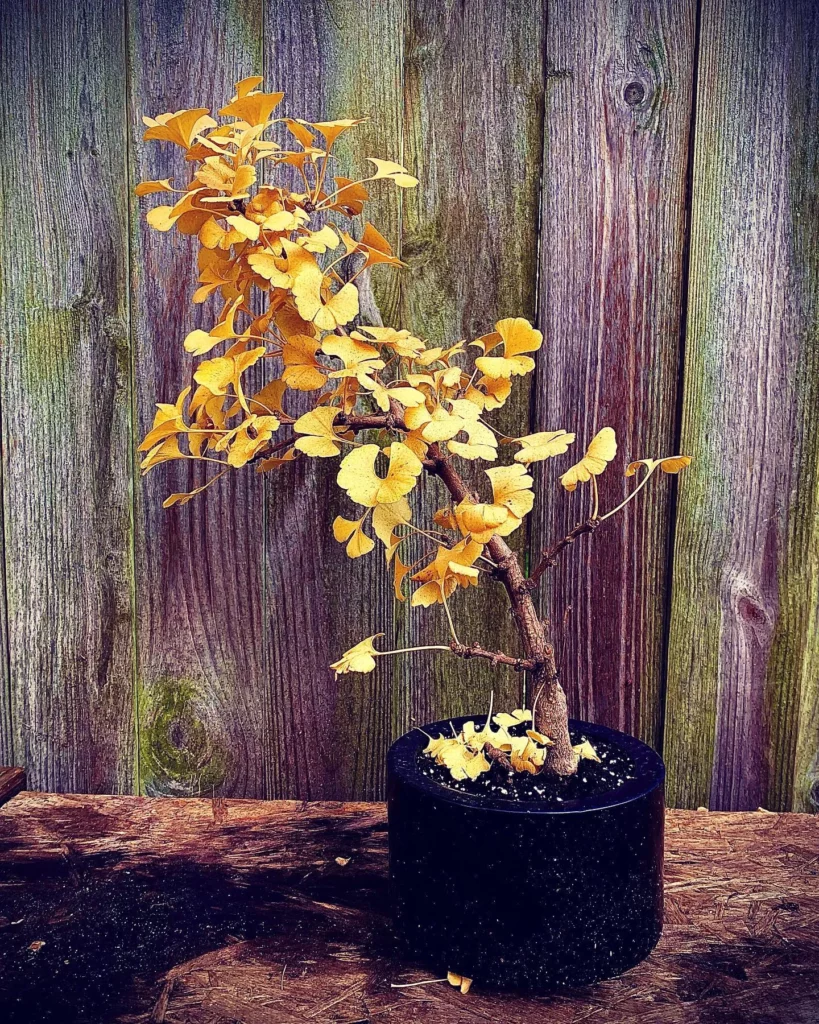
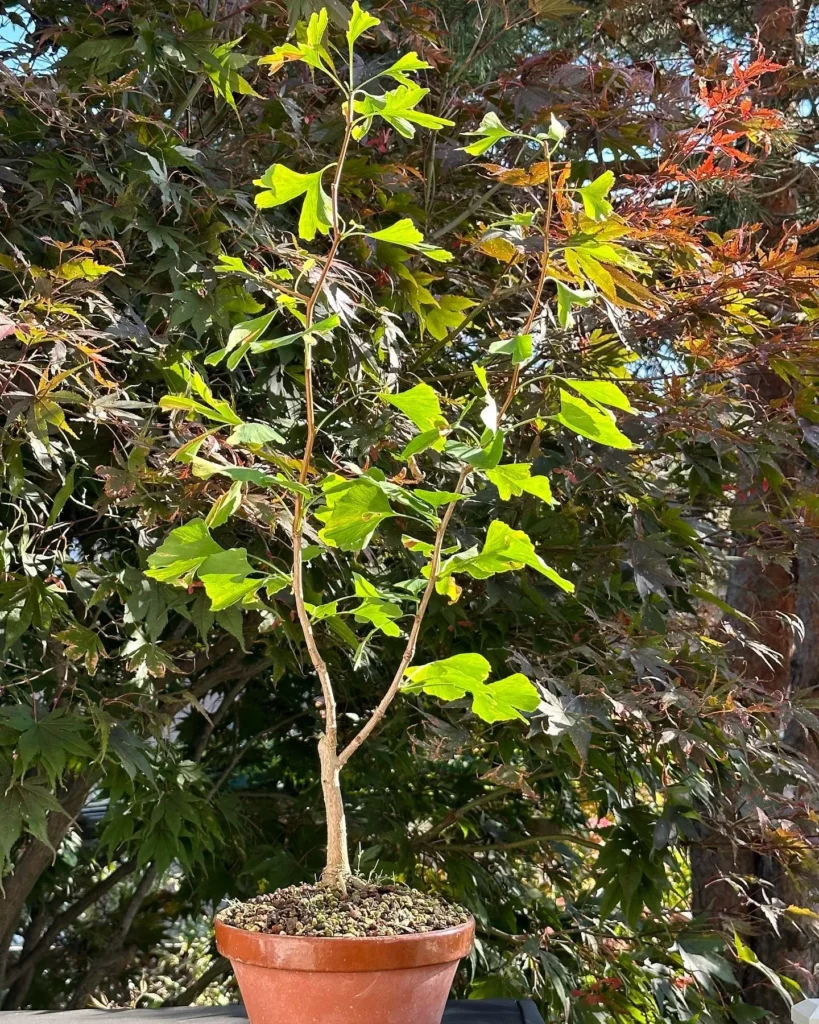
The Gingko Bonsai is a stunning deciduous tree with unique fan-shaped leaves that transform into a vibrant yellow during autumn before gracefully falling. As a conifer, this ancient tree has the potential to live up to an impressive 1,000 years, showcasing its resilience and longevity.
In addition to its striking foliage, the female Gingko Bonsai tree produces small, plum-like fruits that transition from orange to yellow when fully ripened. However, these fruits emit an unpleasant odor when crushed. It’s worth noting that the trunk of the Gingko Bonsai is delicate, making it susceptible to damage. As a result, it is recommended to minimize wiring to preserve the tree’s appearance and structural integrity.
Light Requirements for Gingko Bonsai
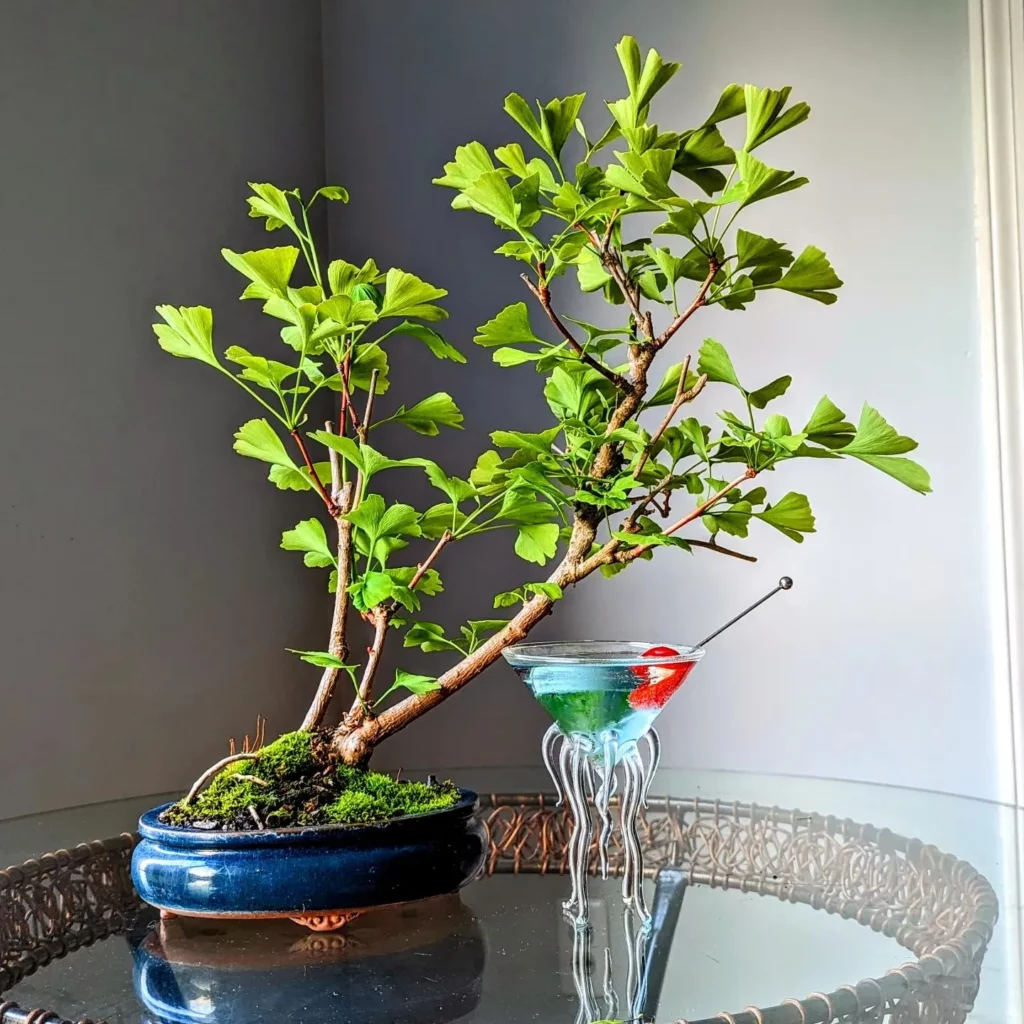
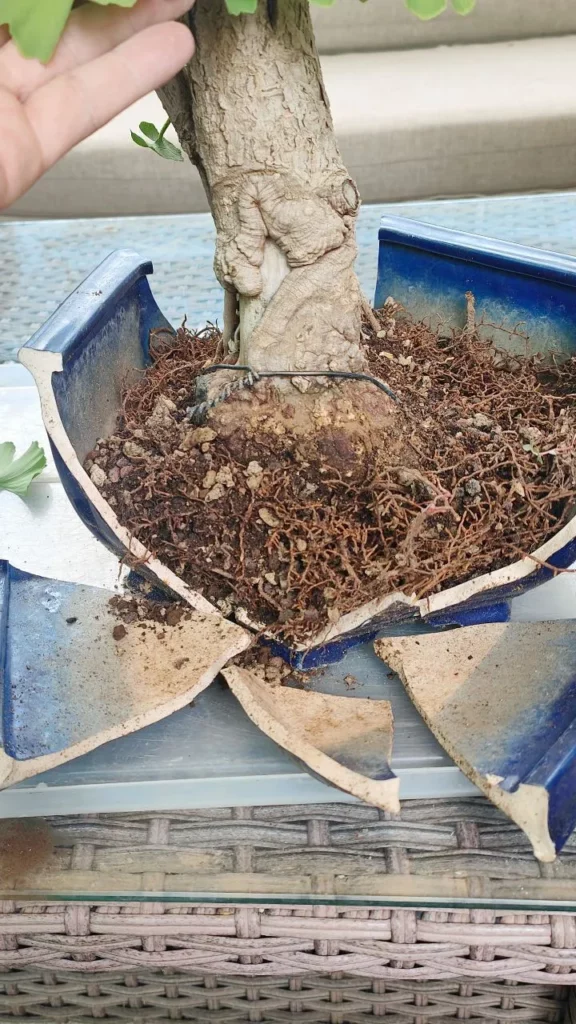
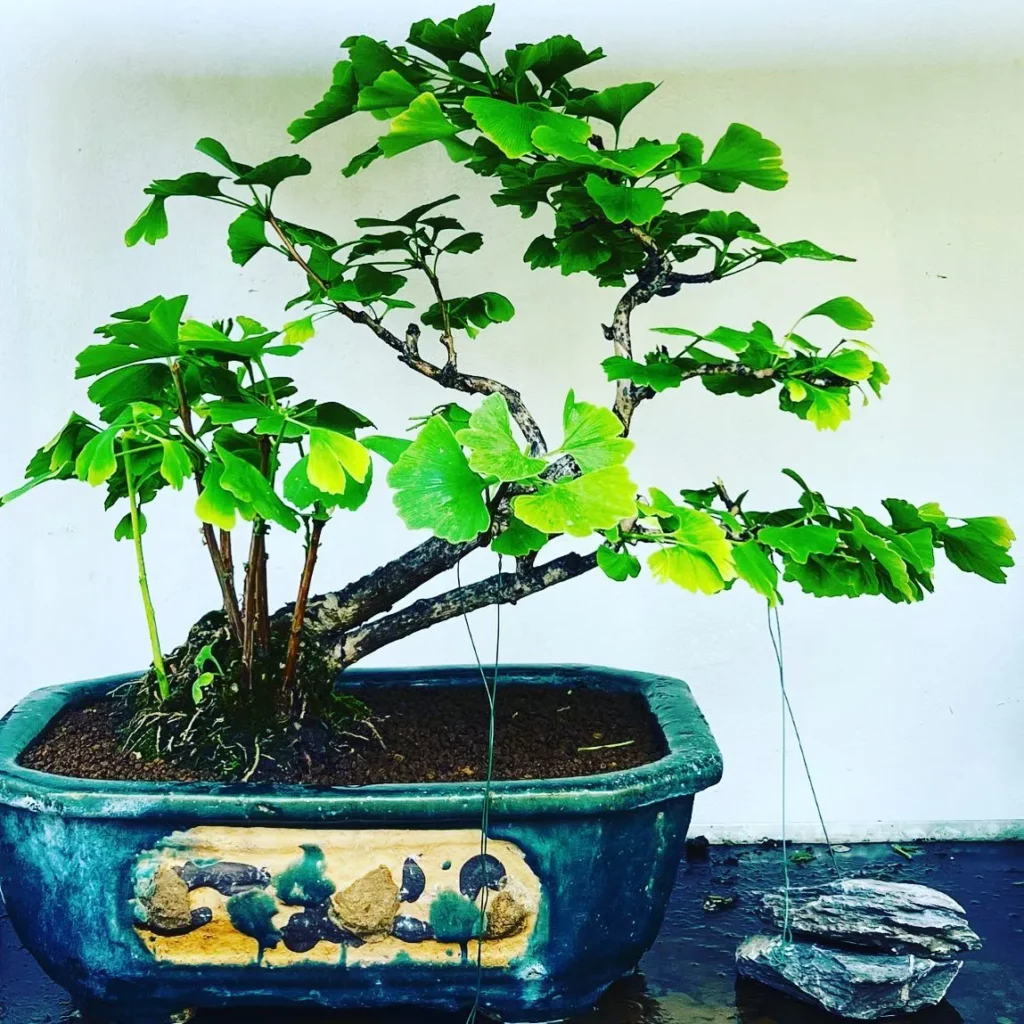
Gingko Bonsai trees require the right amount of light to thrive and maintain their health. Here are some important considerations regarding the light requirements for your Gingko Bonsai:
- Full sun to partial shade: Gingko Bonsai trees prefer a location that receives full sun to partial shade. This means that you should place your bonsai tree in an area where it can receive at least 4-6 hours of direct sunlight each day. If you have limited access to direct sunlight, providing some shade during the hottest hours of the day can help protect the tree from excessive heat.
- Protection from frost: When your Gingko Bonsai is young, it is crucial to protect it from frost, especially the sensitive roots. During winter, when temperatures drop below freezing, make sure to bring your bonsai indoors or provide adequate insulation to shield it from extreme cold. Frost can severely damage the tree and inhibit its growth.
- Plenty of sunlight during the growing season: To promote healthy growth and vibrant foliage, it is essential to place your Gingko Bonsai in an area that receives plenty of sunlight during the growing season, which typically spans from spring to fall. Adequate sunlight enables the tree to photosynthesize and produce the energy it needs to thrive.
- Relatively dry conditions in winter: During the winter months, it is best to keep your Gingko Bonsai relatively dry to prevent frost damage. While the tree still needs some moisture, reducing watering frequency and limiting exposure to excessive moisture can help protect the bonsai from frost-related issues. However, be sure not to let the soil completely dry out.
Gingko Bonsai Watering: Keeping Your Tree Thriving
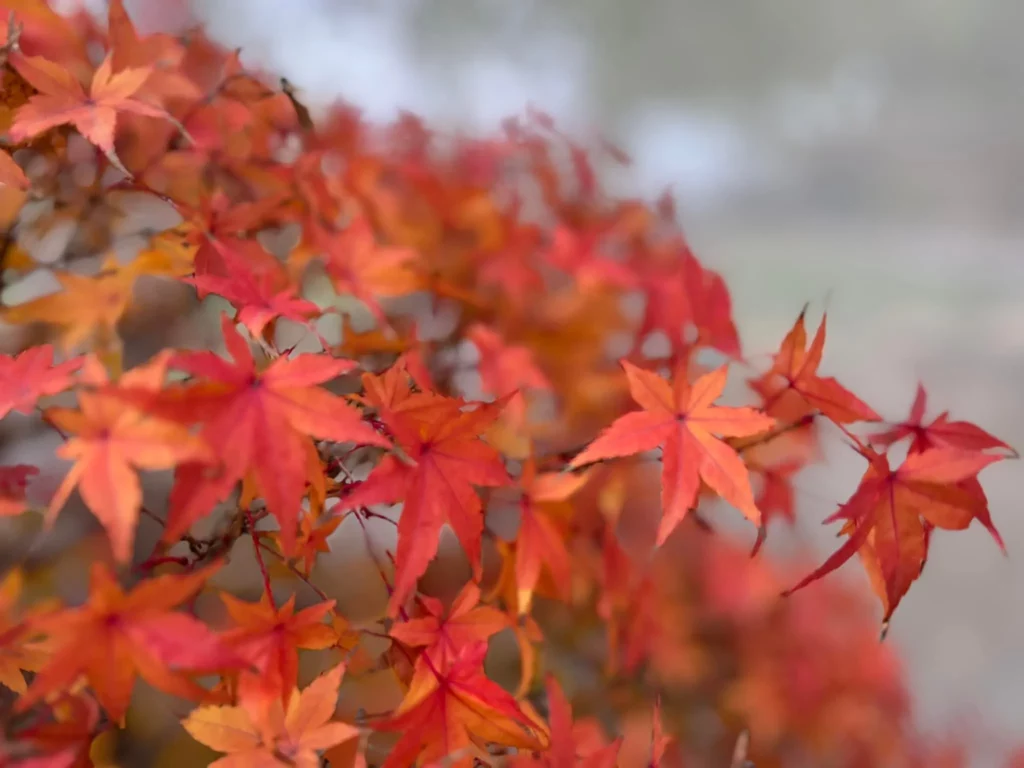
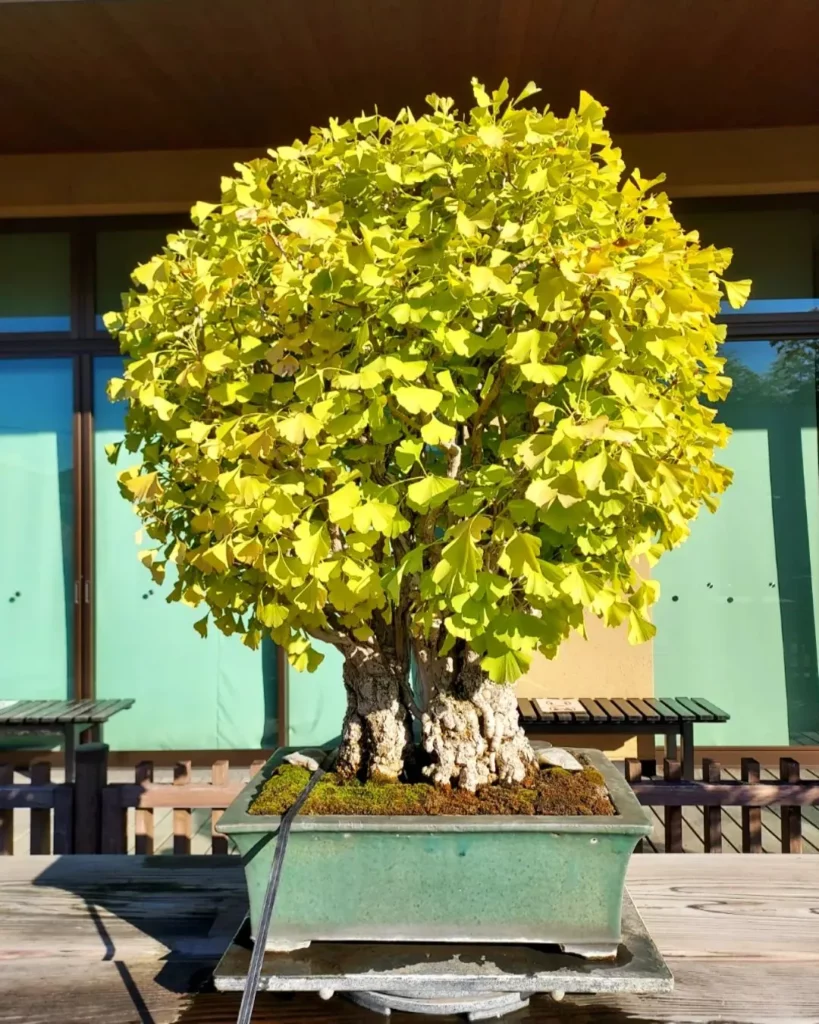
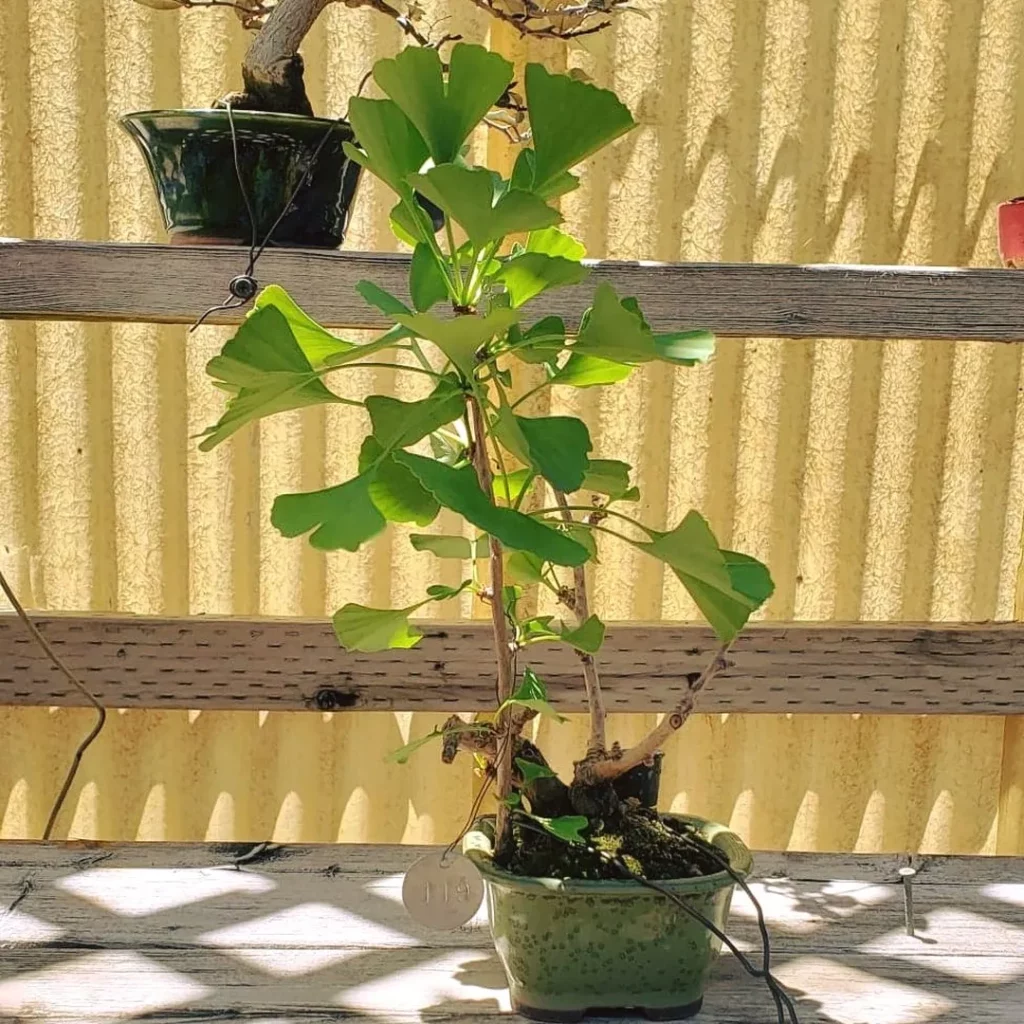
Proper watering is essential for the health and vitality of your Gingko Bonsai tree. By providing the right amount of water, you can ensure that your tree thrives and continues to display its ancient beauty in your home.
Watering Frequency
During the growing season, it is important to water your Gingko Bonsai daily. This helps to maintain the moisture levels in the soil, promoting healthy root development and overall growth. However, it is crucial to avoid overwatering, as excess moisture can lead to rotting of the trunk. Achieve the right balance by thoroughly moistening the soil with each watering.
Winter Watering
In the winter months, when the tree is in a dormant state, it is best to keep the Gingko Bonsai relatively dry. This helps to prevent frost damage and ensures the tree’s survival through colder temperatures. Be mindful of your climate and the specific needs of your tree when determining the ideal watering routine during winter.
Watering Techniques
When watering your Gingko Bonsai, it is important to use the correct technique to ensure proper hydration. Gently pour water over the soil surface until it begins to drain from the bottom of the pot. This allows the water to reach the roots and ensures that the entire soil profile is adequately moistened.
Fertilizing a Gingko Bonsai

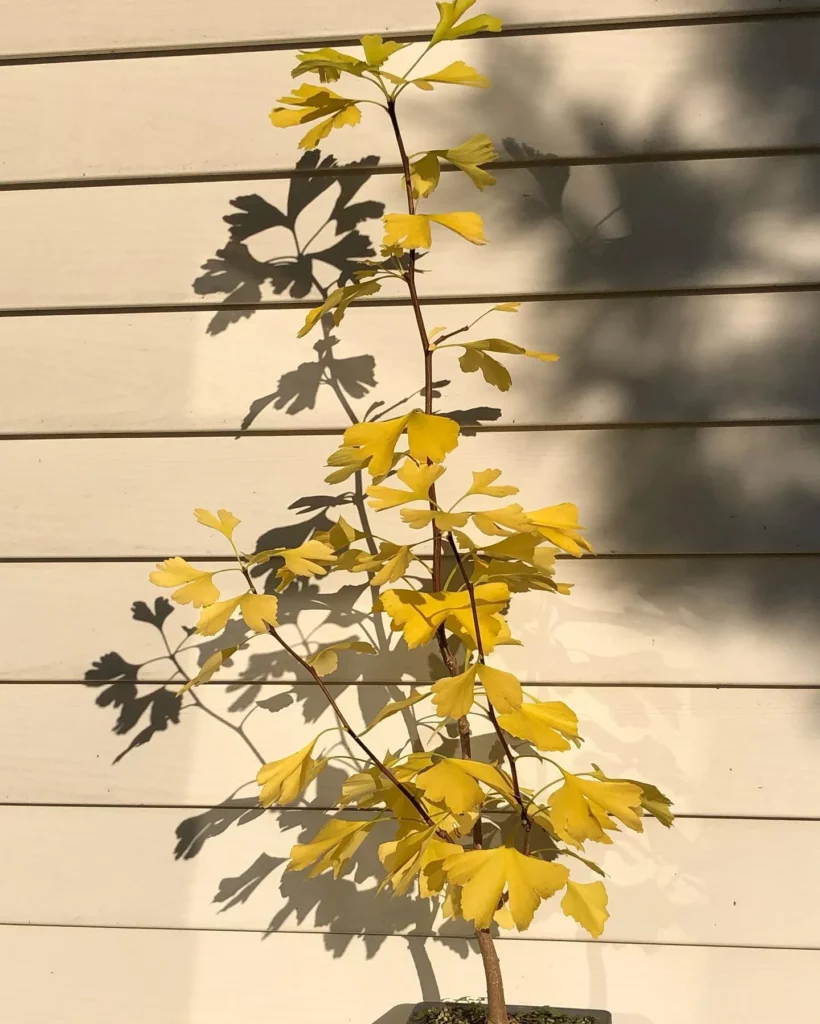
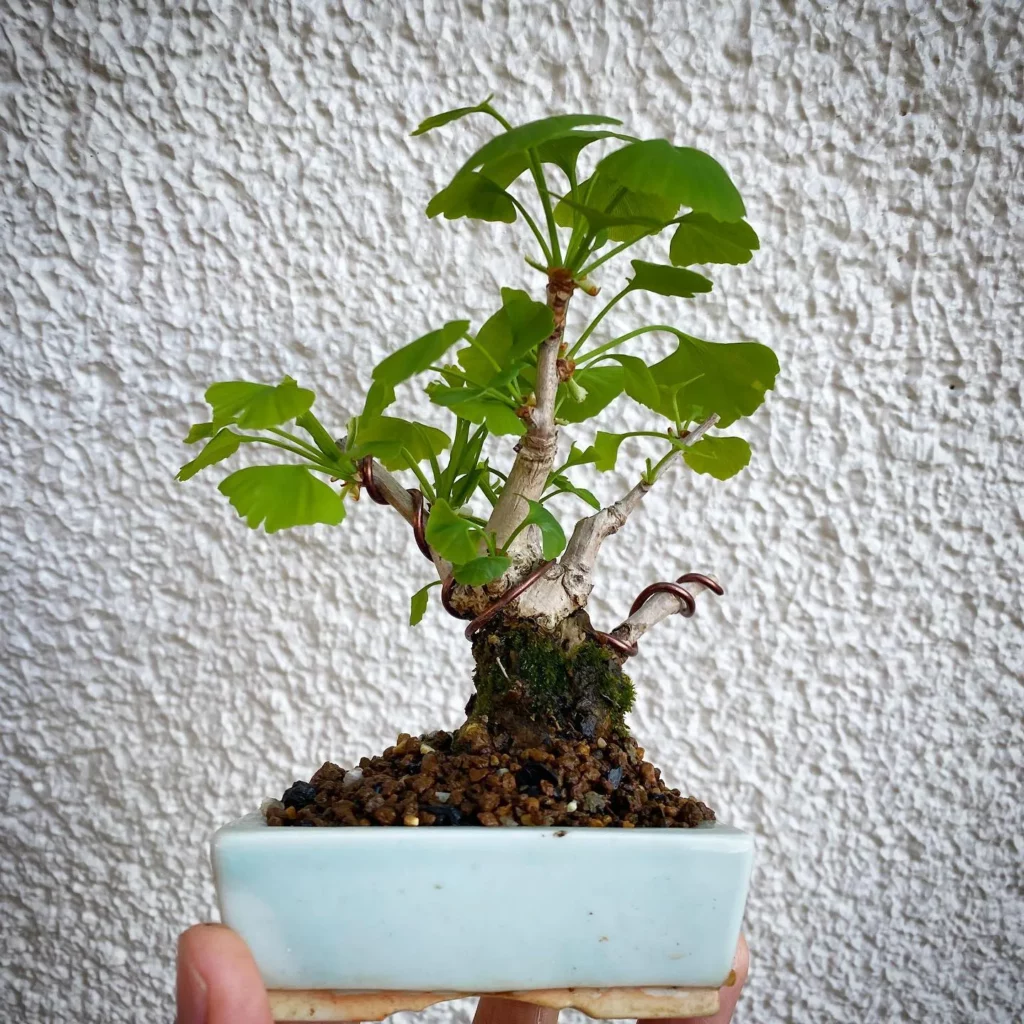
Proper fertilization is crucial for the health and vitality of your Gingko Bonsai. To ensure optimal growth and development, it is recommended to fertilize your tree at the beginning of spring and again in mid-summer.
The specific requirements for fertilizing your Gingko Bonsai may vary depending on the tree’s development and age. It is important to follow the specific guidelines provided by experts or a reputable source.
During early autumn, you can apply a low nitrogen feed to promote stronger autumn color in your Gingko Bonsai. This will enhance the beauty of the tree during the changing seasons.
Potting a Gingko Bonsai
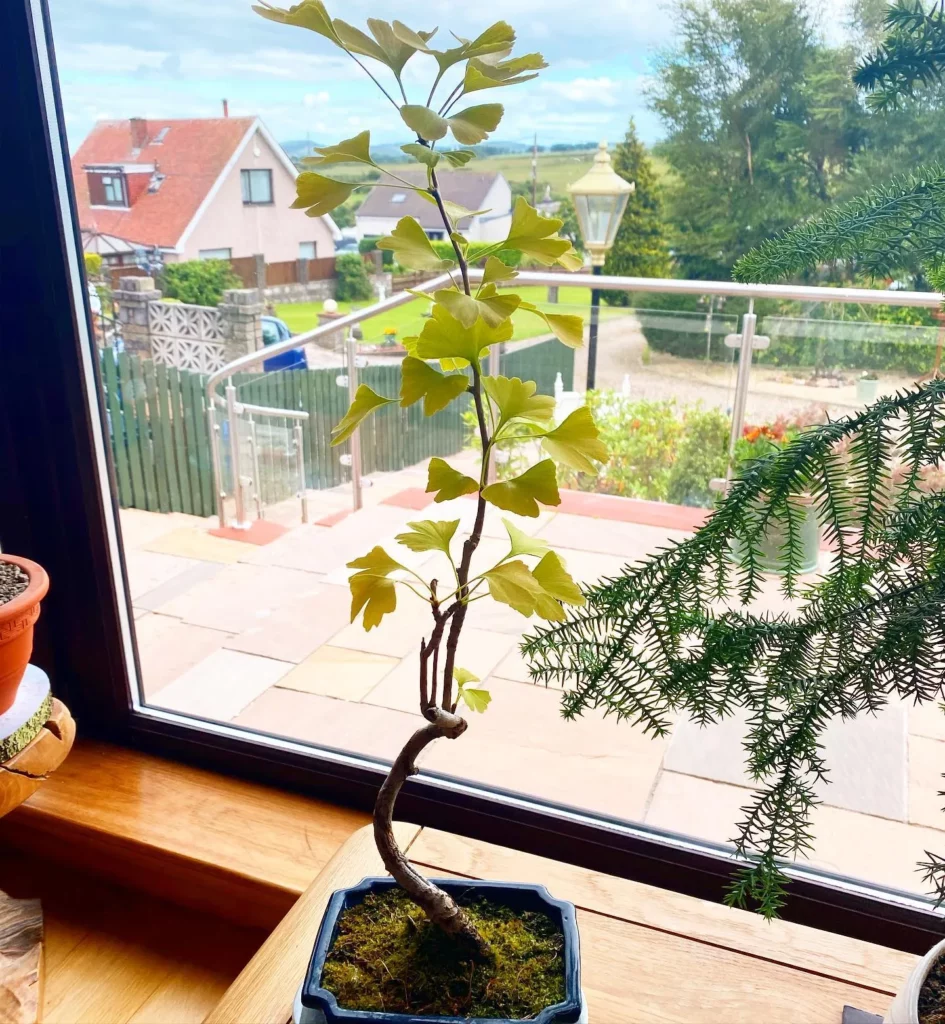
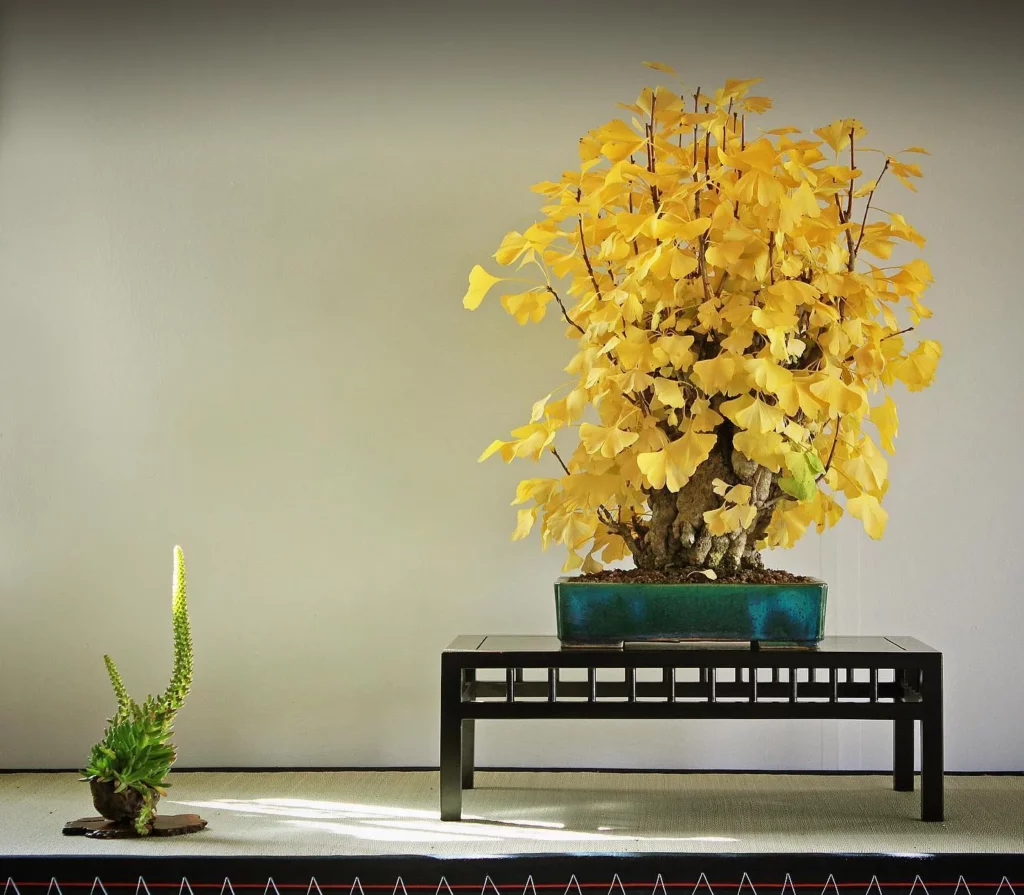
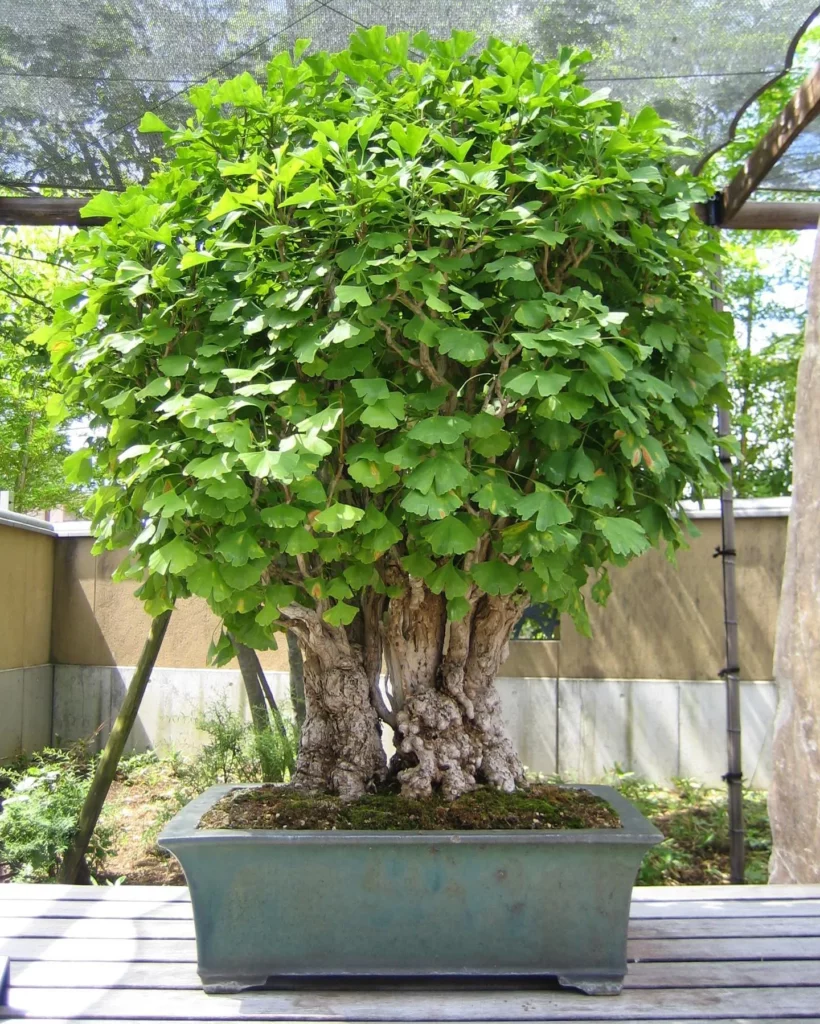
Proper potting is essential for the health and growth of your Gingko Bonsai. Young trees should be repotted annually, while mature trees can be repotted every two to three years. Repotting is typically done in early spring to coincide with the tree’s growth season.
When selecting a pot, choose one that allows for good drainage to prevent waterlogging. A basic soil mix with good drainage is recommended for potting your Gingko Bonsai. Ensure the pH range of the soil is between 5-5.5, as this provides the optimal conditions for root development.
During the potting process, it is crucial to handle the roots with care to avoid damage. Gently remove the tree from its current pot, and if necessary, trim any excess or tangled roots. Place the tree in the new pot, ensuring that it is positioned securely and upright.
Next, carefully backfill the pot with the soil mix, ensuring the roots are adequately covered and lightly tamped down. Avoid compacting the soil too tightly, as this can hinder proper drainage and root growth.
After potting, water the tree thoroughly to settle the soil and ensure proper hydration. It’s important to remember that proper watering and maintenance are essential in the weeks following potting to help the Gingko Bonsai adjust to its new environment.
- Young Gingko Bonsai trees should be repotted annually.
- Mature trees can be repotted every two to three years.
- Repotting is typically done in early spring.
- Select a pot with good drainage to prevent waterlogging.
- Use a basic soil mix with a pH range of 5-5.5.
- Handle the roots with care during the potting process.
- Gently backfill the pot, covering the roots adequately.
- Water the tree thoroughly after potting.
Propagation of Gingko Bonsai
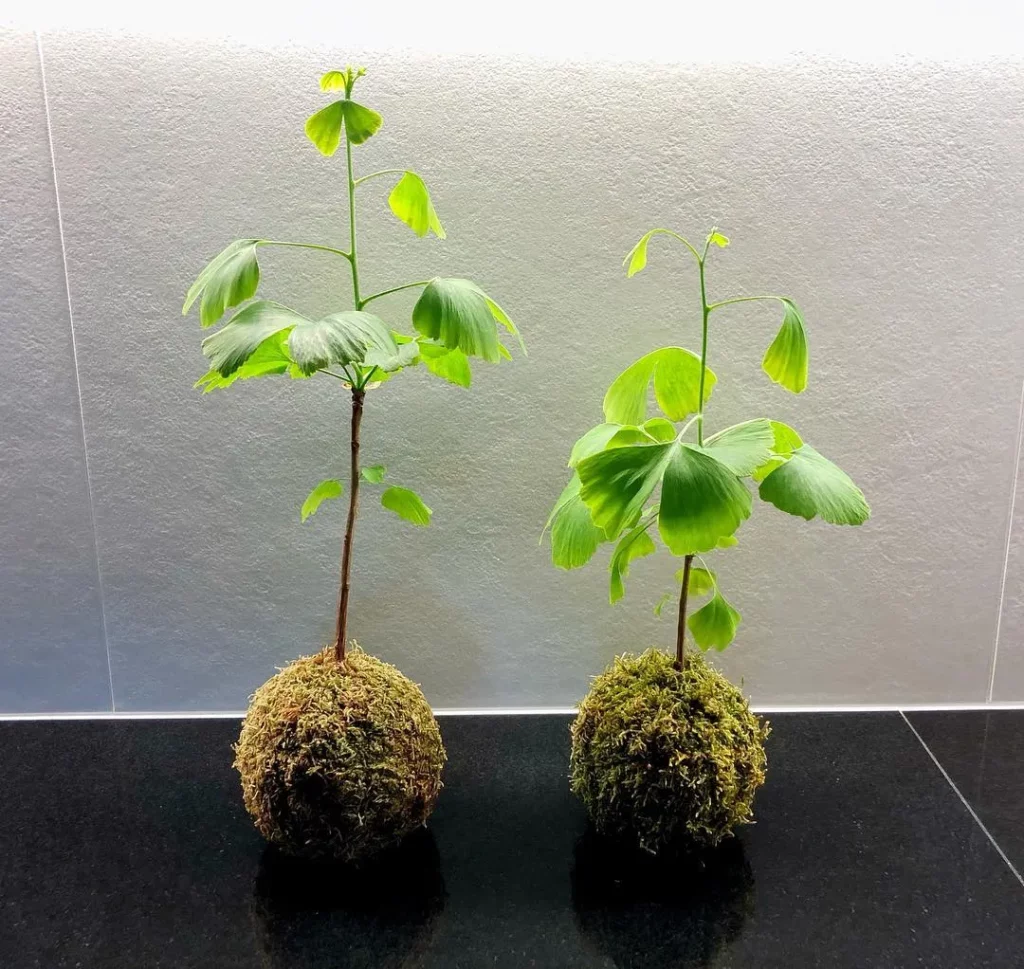
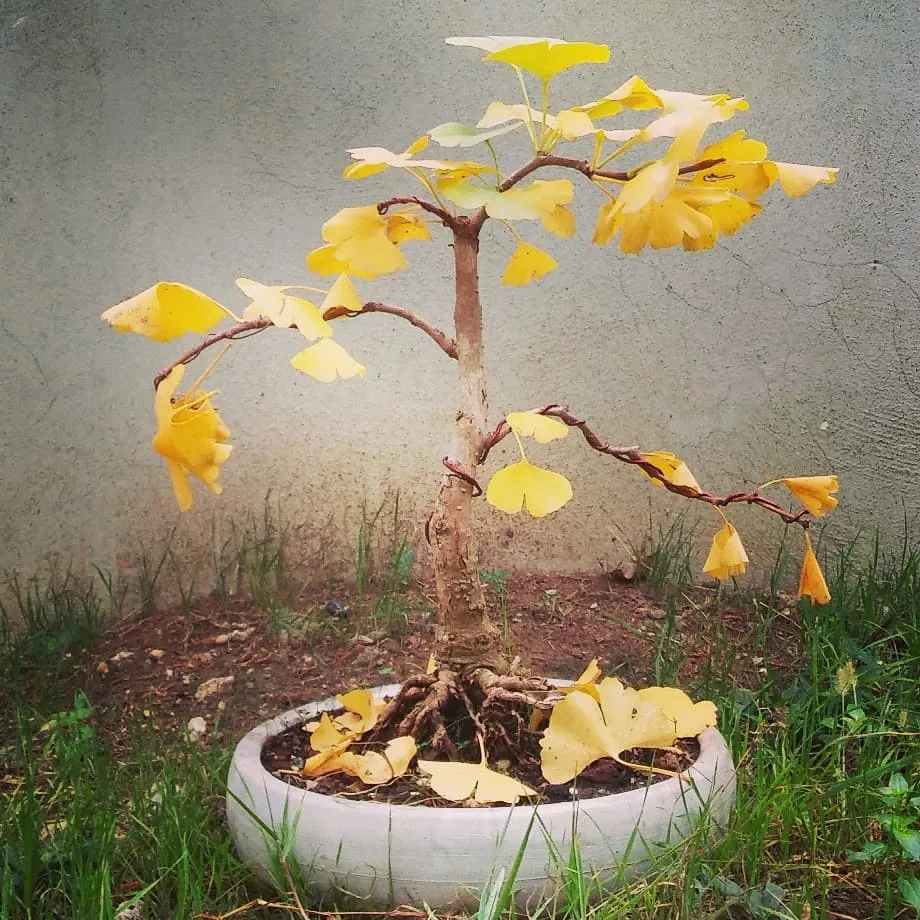
Gingko Bonsai trees offer various methods of propagation to ensure their continued growth and beauty. Whether you prefer starting from cuttings, air layering, or seeds, there is a method suitable for your skills and preferences.
1. Hard wood cuttings
In autumn, you can propagate Gingko Bonsai through hard wood cuttings. Select a healthy branch and take a cutting that is approximately 6-8 inches long. Remove any leaves and dip the cut end in rooting hormone. Plant the cutting in a well-draining soil mix and keep it in a warm, humid environment until roots develop.
2. Air layering
Another method for propagating Gingko Bonsai is air layering, which is done in the spring. Select a branch that is about 1 inch in diameter and make an incision just below a node. Wrap the area with moist sphagnum moss, and secure it with plastic wrap. After a few months, roots will form, and you can separate the new plant from the parent tree and pot it up.
3. Propagation from seed
Gingko Bonsai trees can also be easily propagated from seed. However, keep in mind that ginkgos are dioecious, meaning they have separate male and female trees. Male trees produce small pollen cones, while female trees do not produce cones. Therefore, if you want to propagate a specific gender, you need to ensure you have the corresponding parent tree. Sow the seeds in a well-draining soil mix and provide proper care to ensure germination and healthy growth.
Growth and Development of Gingko Bonsai
Gingko Bonsai trees undergo a remarkable transformation as they progress through their growth and development stages. At a young age, these trees exhibit an elegant, upright, and conical shape. However, as they mature, their crown gradually broadens, giving them a more expansive and regal appearance.
The growth of Gingko Bonsai branches is facilitated by the emergence of new shoots, which bear leaves that are evenly spaced along their length. This orderly arrangement contributes to the tree’s overall aesthetic appeal. To maintain the desired form and balance, it is important to regularly prune the branches. When applying wiring to shape the branches, caution must be exercised due to the delicate nature of the Gingko Bonsai’s bark.
Another aspect of the growth and development of Gingko Bonsai involves the size of their leaves. Through repeated pruning, it is possible to gradually reduce the size of the leaves, resulting in a more visually pleasing and proportionate appearance.
Key Points:
- Gingko Bonsai trees have an upright, conical shape when young, eventually developing a broader crown as they age.
- Branches grow in length through the emergence of new shoots, which feature leaves arranged in a regular pattern.
- Regular pruning is essential for maintaining the tree’s form and balance.
- Wiring should be applied lightly and carefully to avoid damage to the delicate bark.
- The size of the leaves can be reduced through repeated pruning.
Pests and Diseases of Gingko Bonsai
Gingko Bonsai trees are remarkably resilient when it comes to pests and diseases. Thanks to their insect-resistant wood, they are naturally less susceptible to infestations. However, it is still crucial to conduct regular inspections to ensure the tree remains healthy and thriving. Here is a list of common pests that can affect Gingko Bonsai:
- Aphids: These tiny insects can cause damage by sucking the sap from the leaves and stems of the tree. Regularly monitor your Gingko Bonsai for signs of aphid infestation, such as distorted leaves or the presence of sticky honeydew.
- Scale: Scale insects can pose a threat to Gingko Bonsai by feeding on the sap of the tree. They often appear as small, oval-shaped bumps on the branches or leaves. If left untreated, scale infestations can weaken the tree.
- Spider Mites: These microscopic pests are known for spinning tiny webs and feeding on the leaves of Gingko Bonsai. Infested leaves may develop yellow spots or become discolored. Regularly inspect the undersides of leaves for signs of spider mite activity.
While pests can be a nuisance, proper care and maintenance can help prevent and manage infestations. Here are some tips to keep your Gingko Bonsai healthy:
- Ensure proper watering: Over or under-watering can stress the tree and make it more vulnerable to pests. Stick to a regular watering schedule and avoid waterlogged or dry soil.
- Provide adequate sunlight: Gingko Bonsai trees require full sun to partial shade. Placing your tree in a location that receives ample sunlight will help promote its overall health and vigor.
- Implement good hygiene practices: Regularly remove fallen leaves and debris from around the tree to discourage pest infestations. This will also prevent potential fungal diseases from taking hold.
- Consider organic pest control: If necessary, opt for natural and environmentally friendly pest control methods. This can include using insecticidal soaps or oils specifically formulated for Bonsai trees.
Styling the Gingko Bonsai
Gingko Bonsai trees offer a variety of styling options to showcase their natural beauty. Their upright form makes them perfect for the informal upright style, where the trunk is straight and the branches grow in a balanced manner. This style highlights the tree’s elegance and simplicity.
For a different look, you can also create a broomlike shape with your Gingko Bonsai. This is achieved by trimming the branches into a flat-topped crown, resembling a traditional broom. It adds a unique visual appeal to the tree.
Another option is to style your Gingko Bonsai as a twin trunk. This involves training two trunks to grow in harmony, creating a sense of unity and strength. This style works particularly well with older, more mature trees that have a thicker base.
If you prefer a more adventurous and complex style, consider creating a raft or clump. The raft style involves laying the tree horizontally, allowing the branches to grow upright. This creates a forest-like appearance that is visually captivating. Clump style, on the other hand, involves multiple trees growing closely together, creating the illusion of a natural grove.
For a more artistic and free-flowing design, you can opt for a sinuous style. This style emphasizes the twists and turns of the trunk, creating a sense of movement and dynamism. It’s an excellent choice for showcasing the Gingko Bonsai’s unique character.
When styling your Gingko Bonsai, keep in mind the tree’s large leaves and thick branches. These features make it suitable for medium to large-size growth, and they can enhance the overall visual impact of the tree. Additionally, choose a pot that complements the tree’s style and shape, enhancing its aesthetic appeal.
Cultivars and Identification of Gingko Bonsai
Gingko Bonsai trees offer a wide range of cultivars, each possessing its own distinctive characteristics. Among the popular cultivars are Ginkgo biloba ‘Autumn Gold’, Ginkgo biloba ‘Fastigiata’, and Ginkgo biloba ‘Mariken’. These cultivars showcase variations in leaf shape, color, and growth habit, allowing bonsai enthusiasts to choose the perfect Gingko Bonsai that suits their preferences and aesthetic vision.
Identifying the sex of a Gingko Bonsai tree can be challenging based solely on its morphology. However, some enthusiasts rely on specific leaf characteristics as an indicator. While rounded leaves are sometimes associated with female trees, those with wavy leaf margins are often referred to as male trees. It is important to note that the reliable identification of gender can be best achieved through keen observation and expert guidance.
The exploration of different cultivars not only adds diversity to your Gingko Bonsai collection but also presents opportunities for experimentation and personalization. By selecting cultivars that resonate with your artistic vision, you can create a bonsai display that reflects your unique style and preferences. Whether you are drawn to the striking golden foliage of ‘Autumn Gold’ or the slender, columnar form of ‘Fastigiata’, these cultivars offer endless avenues for creativity and artistic expression.
FAQ
What is a Gingko Bonsai tree?
A Gingko Bonsai tree is a stunning representation of ancient beauty captured in a compact, living art form. It is a miniature version of the Gingko tree, which has a history dating back millions of years.
What does a Gingko Bonsai tree look like?
The Gingko Bonsai tree is a deciduous tree with fan-shaped leaves that turn a vibrant yellow in the autumn before falling. It has a delicate trunk and bark that can be easily damaged.
What are the light requirements for a Gingko Bonsai tree?
Gingko Bonsai trees require full sun to partial shade. They should be placed in an area that receives plenty of sunlight during the growing season, but in the winter months, it is best to keep the tree relatively dry to prevent frost damage.
How often should I water my Gingko Bonsai tree?
Gingko Bonsai trees need to be watered daily during the growing season. The soil should be thoroughly moistened with each watering, but care should be taken not to make it overly soggy to prevent rotting of the trunk. In winter, the tree should be kept relatively dry to prevent frost damage.
How should I fertilize my Gingko Bonsai tree?
It is recommended to fertilize the Gingko Bonsai at the start of spring and again in mid-summer. The specific requirements for fertilization can vary depending on the tree’s development and age. Following the specific guidelines for fertilizing based on the tree’s individual needs is important.
How often should I repot my Gingko Bonsai tree?
Young Gingko Bonsai trees should be repotted annually, while mature trees can be repotted every two to three years. Repotting is typically done in early spring using a basic soil mix with good drainage.
How can I propagate a Gingko Bonsai tree?
Gingko Bonsai trees can be propagated through hard wood cuttings in the autumn or through air layering in the spring. They can also be easily propagated from seed, but it is important to note that ginkgos are dioecious, meaning they have separate male and female trees.
How does a Gingko Bonsai tree grow and develop?
Gingko Bonsai trees have an upright, conical shape when they are young and develop a broader crown as they mature. Pruning should be done to maintain the tree’s form and balance, and wiring should be applied lightly and carefully due to the delicate bark. Leaves can be reduced in size through repeated pruning.
How do I prevent pests and diseases in my Gingko Bonsai tree?
Gingko Bonsai trees are generally free from pests and diseases. However, regular inspections should be done to ensure the tree remains healthy. Common pests that can affect Gingko Bonsai include aphids, scale, and spider mites. Proper care, including proper watering and fertilization, can help prevent these issues.
What are the different styles in which I can style my Gingko Bonsai tree?
Gingko Bonsai trees have a natural, upright form that lends itself well to the informal upright style. They can also be styled in a broomlike shape or as a twin trunk, raft, clump, or sinuous style. It is important to choose a suitable pot that complements the tree’s style and shape.
What are some popular cultivars of Gingko Bonsai trees?
Some popular cultivars of Gingko Bonsai trees include Ginkgo biloba ‘Autumn Gold’, Ginkgo biloba ‘Fastigiata’, and Ginkgo biloba ‘Mariken’. Identifying the sex of a Gingko Bonsai tree based on morphology can be challenging, but some people refer to rounded leaves as female and wavy leaf margins as male.




